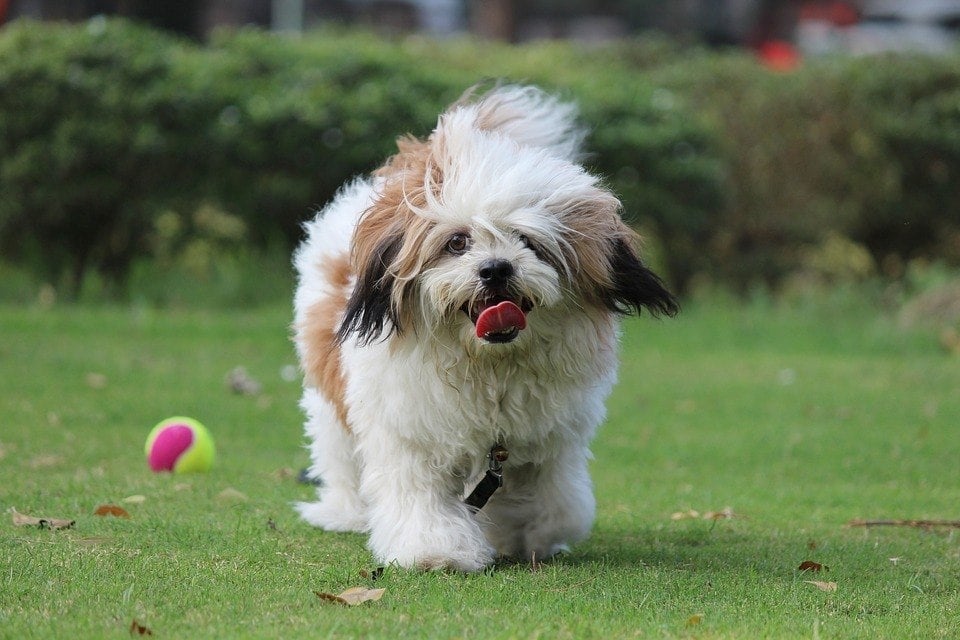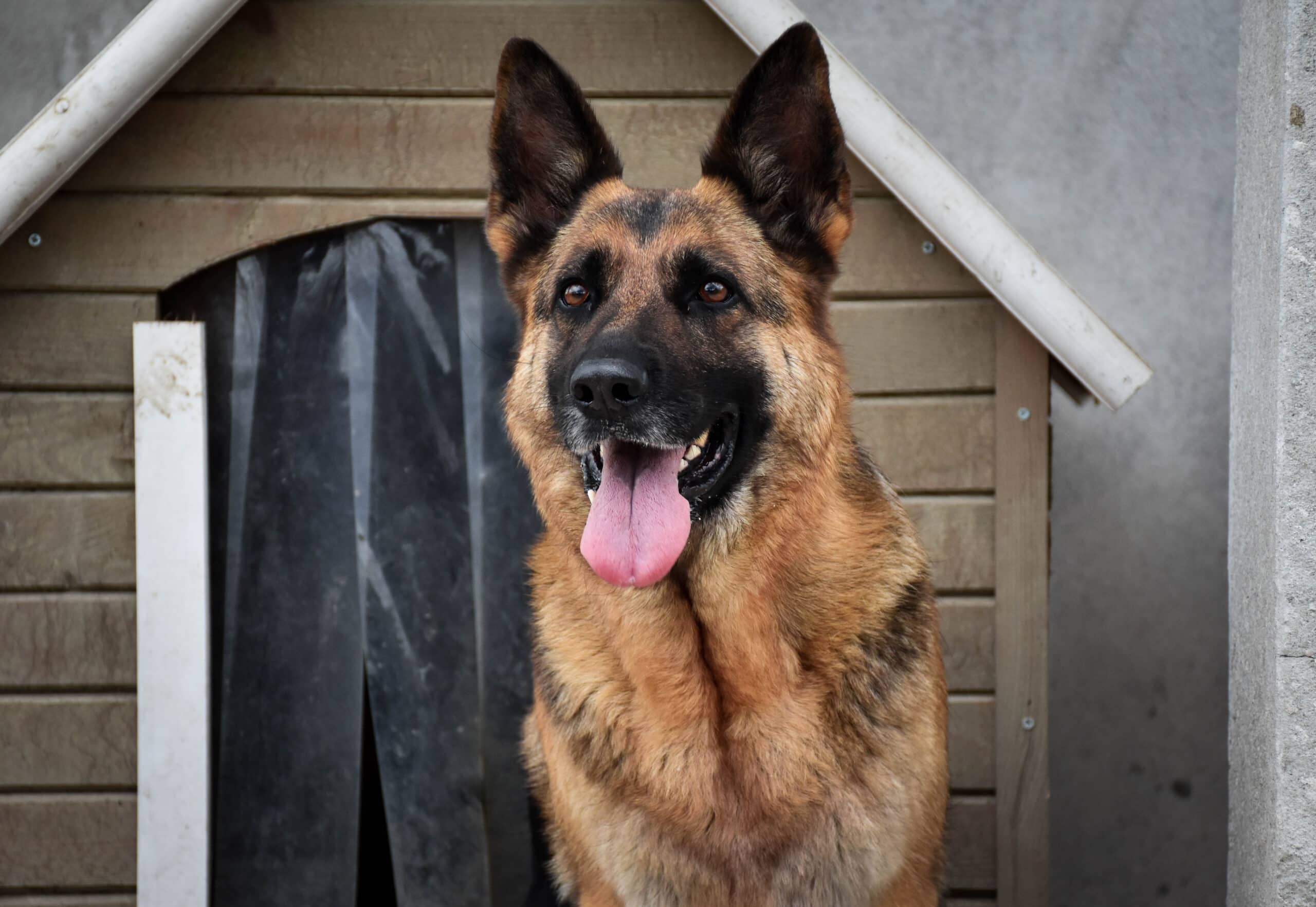7 Lhasa Apso Behavior Problems to Watch Out For

Updated on

Lhasa Apsos originated in Tibet as a companion and guard dog. They’re now kept as pets, but they retain many of their selective breeding traits, like protectiveness and vigilance. Without proper training and socialization, the Lhasa Apso can develop significant behavioral problems.
Here are seven Lhasa Apso behavior problems to watch out for. Like anything else, these behaviors are often easier to prevent than correct.
The 7 Lhasa Apso Behavior Problems
1. Nuisance Barking
Barking is natural for dogs, but it can quickly escalate to nuisance barking in a naturally vocal breed like the Lhasa Apso. Dogs can bark for a range of reasons, including boredom, fear, or separation anxiety. Teaching a “quiet” command is a good start for your dog to learn the correct behavior, but more complex issues like separation anxiety may require the guidance of a professional trainer.

2. Jumping Up
Smaller breeds like Lhasa Apsos are prone to jumping up to get attention from people. Despite their small size, you don’t want to allow this behavior. Jumping up could lead to your clothes getting muddy or injuries, particularly with older people or children. It’s best to teach your dog an alternative greeting behavior, such as sitting politely and waiting for attention. It’s extremely important not to reward the jumping behavior, either positively by petting your dog or negatively by scolding—any attention is attention and reinforces the behavior.
3. Resource Guarding
Dogs are naturally protective of their stuff, but the Lhasa Apso has natural guarding instincts that can make resource guarding a problem. This is an excessive attempt to assert ownership over a “resource,” which could be a bed, toy, water bowl, or even you. Often, this comes from anxiety over losing the resource, but it can also be learned if you repeatedly take away your dog’s things to “show them who’s boss.” Instead, teach a “leave it” command or “trade” your dog a reward in exchange for the resource they want to protect. If you have multiple dogs, make sure they have equal resources and separate them during meal times.

4. Destructive Chewing
Puppies and dogs explore the world with their mouths. Chewing is a natural behavior that relieves boredom and anxiety but can escalate to chewing objects you don’t want your dog to chew, like your shoes or furniture. Make sure to dog-proof your house during the puppy stage and provide your dog with plenty of their own toys and chews. Provide plenty of mental and physical stimulation with training, brisk walks, and play time to avoid boredom chewing.
5. Separation Anxiety
Separation anxiety is an extreme form of anxiety that happens when your dog is afraid to be alone. As companion dogs, Lhasa Apsos can develop separation anxiety if they’re not taught to self-soothe on their own. Typically, separation anxiety includes signs like soiling in the house, excessive barking, howling, destructive chewing, digging, or escaping. Separation anxiety can be difficult to treat, so you may want to consult with a professional trainer to teach counterconditioning.

6. Chasing
Lhasa Apsos have natural guarding instincts that can escalate to aggression, including chasing behaviors. This is self-rewarding, so it’s often easier to prevent chasing than correct it after it happens. Try to curb the chasing impulse before it starts using impulse control training, but if they already chase, you can train your dog by channeling that behavior into a more appropriate game like fetch, tag, or tug.
7. Escaping
Lhasa Apsos are known escape artists. This is a self-reinforcing behavior, as your dog will likely have fun with the sights and sounds while they enjoy some freedom, but it’s also extremely dangerous. This can happen if your dog is isolated or bored and doesn’t get enough stimulation. In addition to teaching your dog the “stay” command, devote some time to brisk walks and mental stimulation, such as learning new tricks or playing, to keep them entertained.

Are Lhasa Apsos Good Pets?
The Lhasa Apso is a great dog breed and a loyal and loving companion. They can be stubborn and overprotective, however. It’s crucial to commit to consistent training and socialization with your Lhasa Apso to avoid problems like separation anxiety, aggression, and escaping.
Conclusion
The Lhasa Apso is an ideal companion breed that’s been used historically as a companion and guard dog. Though they may not have guard dog duties in their modern lives, these dogs can develop behavioral problems if their natural protectiveness isn’t properly channeled. Now that you know the common behavioral problems that can arise in Lhasa Apsos, you’ll be better equipped to prevent them early.
Featured Image Credit: kshitijprakash, Pixabay











